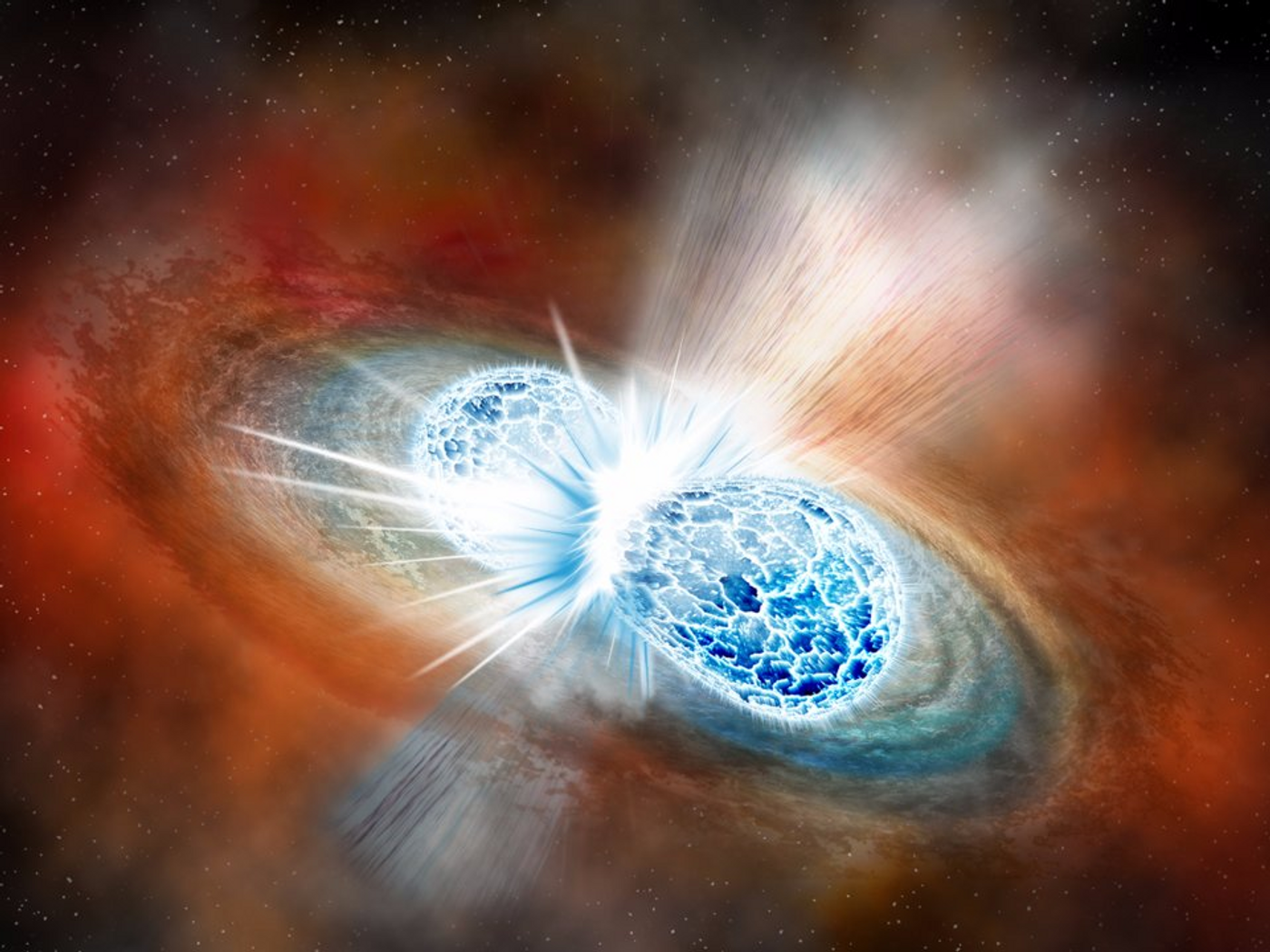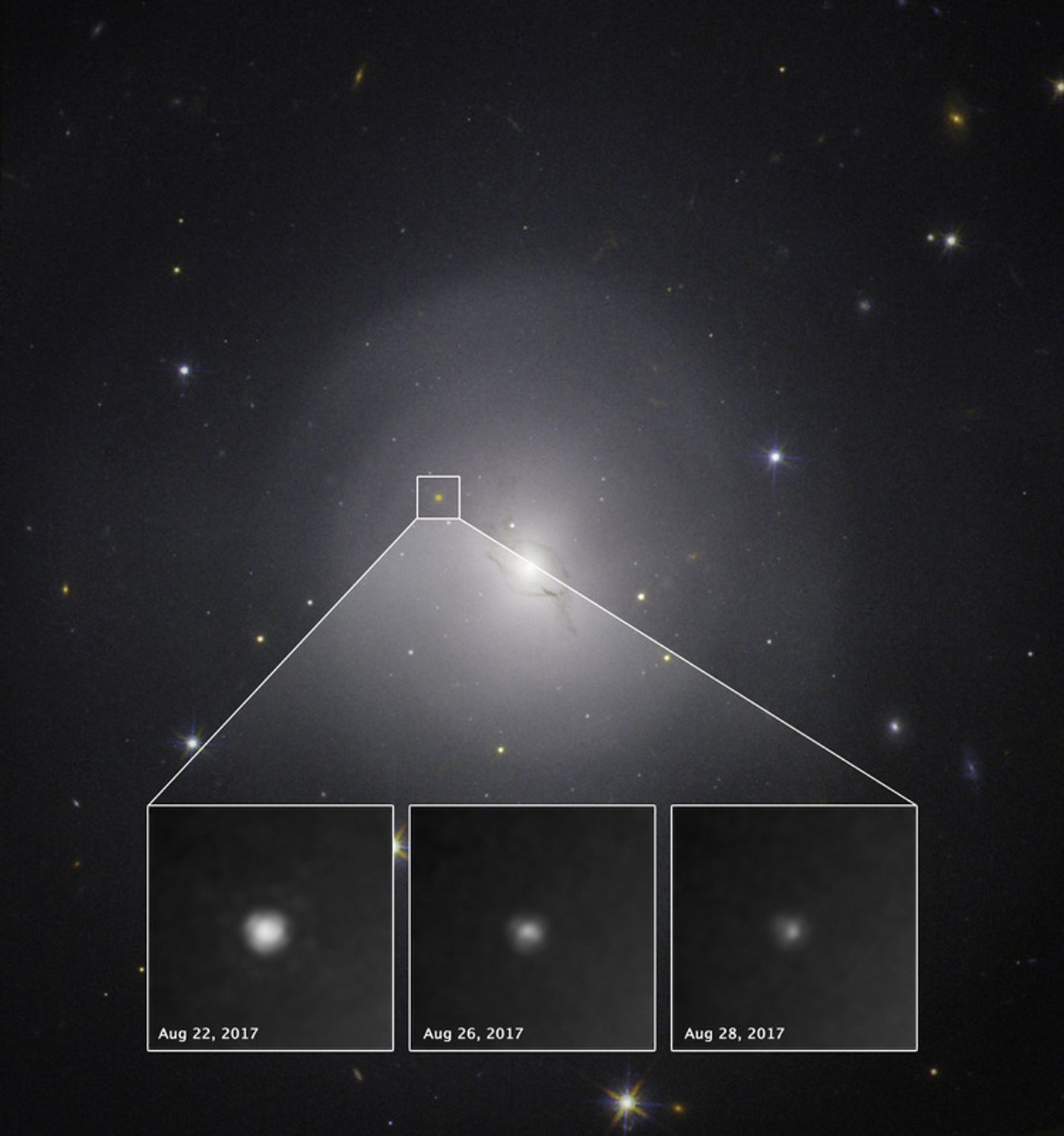As the Waves Subside--Two Years after the Detection of Gravitational Wave GW170817
GW170817 is the code name given to a gravitational wave (GW) signal back in August 2017. With a duration of about 100 seconds, the GW bears the characteristics of binary stars resolving around and getting drawn closer to closer to each other. It was later confirmed that the signal was the result of the merger of two neutron stars in the NGC 4993, a lens-shaped galaxy140 million lightyears away.
Preceded by the other five GW observations, which all happened in this decade, GW170817 was a scientifically significant event on its own. However, what made it a watershed for the field of astrophysics is that the collision of the binary giants produced more than just ripples in the space-time continuum: it also released a wide spectrum of electromagnetic radiation, including gamma ray, x-ray, and near inferred. These signals were captured at a slightly later time than the arrival of GW170817, by 70 observatories all over the globe and in the space.
This ground-breaking event ushered in a new era of Multi-messenger astronomy. The journal Science recognized GW170817 and the subsequent global observation campaigns as the Breakthrough of the Year for 2017.
What's more, two years after the original observation, scientists are still making new discoveries into the nature of neutron star collision by combing through the data recorded during the initial observations.
Just seconds after GW170817 was detected, a short gamma-ray burst (GRB) was also identified by NASA's Fermi Gamma-ray Space Telescope and ESA's International Gamma-ray Astrophysics Laboratory, two space observatories that were in Earth's orbit.
The gamma-ray burst overlapped the gravitational wave position direction-wise, validating the theory that neutron star mergers generate short gamma-ray bursts. By carefully examining the characteristics of the recorded gamma ray, scientists now believe that another two earlier signals, GRB 080503 and GRB 130603B, could have also originated from the merger of binary neutron stars, or one neutron star and a black hole.
The merger that yielded GW170817 also resulted in a massive black hole, which astronomers believe bears 95% of the mass of its parents. A recent publication in the journal Science, suggested that the black hole emitted a structured jet of material hours after its birth. Although some scientists speculated that the immediate swelling after the merge may shape like a uniformly expanding cocoon, base on the analysis of the radio afterglow recorded in the subsequent observation campaign by 32 radio telescopes around the globe, the research group behind the paper concluded that the electromagnetic signals originated from jets of 5% materials that got spilled out from the black hole. These jets escaped the surrounding vicinity at close to light speed.
As scientists continue to dig through the original data, they are hopeful that the landmark event GW170817 will keep producing more fascinating discoveries that can revolutionize our understanding of astrophysics
What We Learned About Neutron Star Collisions Since 2017 (Anton Petrov)
Source: Science










